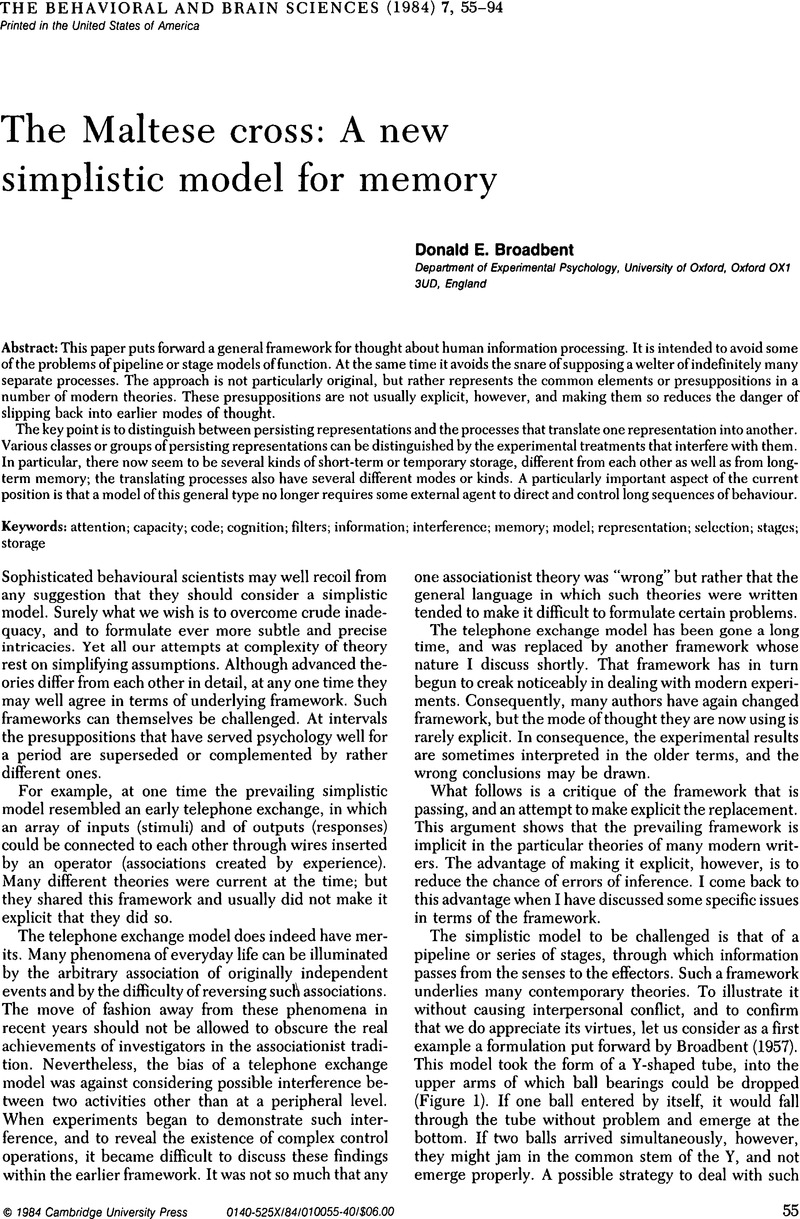Crossref Citations
This article has been cited by the following publications. This list is generated based on data provided by Crossref.
Roberts, Seth
1987.
Evidence for distinct serial processes in animals: The multiplicative-factors method.
Animal Learning & Behavior,
Vol. 15,
Issue. 2,
p.
135.



